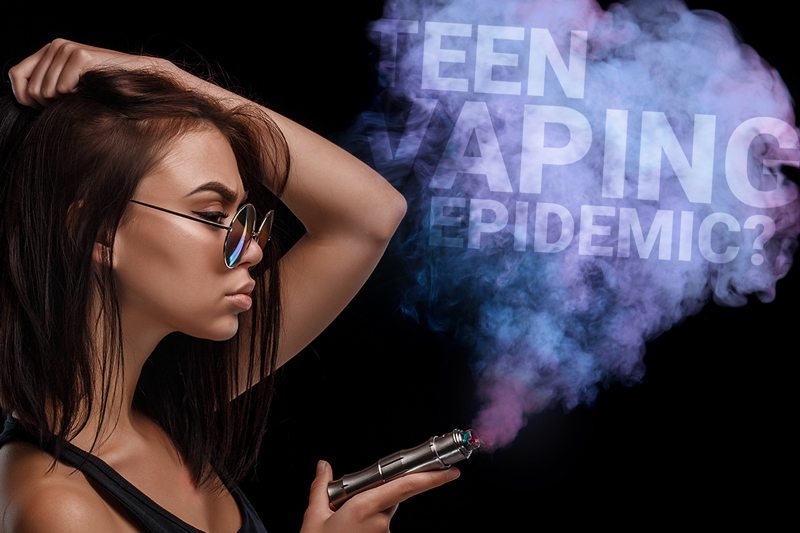What You Can Do to Protect Youth From the Harms of Vaping
Parents and educators—including teachers, administrators, and coaches—can play an important role in protecting youth from e-cigarettes, also known as vapes. As students go back to school, it’s the perfect time to educate them about the dangers of vaping.
E-cigarettes are electronic devices that heat a liquid and produce an aerosol, or a mix of small particles in the air. This aerosol is breathed into the lungs of the person using the device. E-cigarette aerosol can contain harmful and potentially harmful substances. While use of e-cigarettes is unsafe for everyone, this is especially true for kids, teens, and young adults.
E-cigarettes, or vapes, are known by many different names. They are also called “e-cigs,” “e-hookahs,” “mods,” “vape pens,” “tank systems,” and “electronic nicotine delivery systems (ENDS).” E-cigarettes come in many shapes and sizes. Some are made to be recharged, some to be refilled, and some to be thrown away (disposable).
E-cigarette Use Among Youth
E-cigarettes are the most commonly used tobacco product among U.S. middle and high school students.
- In 2022, about 1 in 10 or 2.55 million U.S. middle and high school students used e-cigarettes at least once in the past 30 days, including 3.3% of middle school students and 14.1% of high school students.
Disposable e-cigarettes are the most commonly used device type among U.S. middle and high school students who vape. In addition, nearly 85% of middle and high school students who used e-cigarettes reported using flavored e-cigarettes. Many e-cigarettes come in kid-friendly flavors—like candy, desserts, other sweets, mint, and menthol. This makes them more appealing to youth.
- Among middle and high school students who currently used any type of flavored e-cigarette in 2022, the most commonly used flavors were fruit (69.1%), candy, desserts, or other sweets (38.3%), mint (29.4%), and menthol (26.6%).
Health Risks of Vaping for Youth
CDC: Educators: What Are the Health Risks of Vaping for Youth?
From a US national health authority
Vaping can have health risks for youth. Most vapes have nicotine in them, which is highly addictive. Nicotine use in adolescence:
- Can harm brain development, which continues until about age 25.
- Can impact attention, learning, mood, and impulse control.
- May increase risk for future addiction to other drugs.
Not only can nicotine in e-cigarettes pose health risks for youth, but youth who vape may also be more likely to go on to use regular cigarettes.
In addition to nicotine, e-cigarette aerosol can contain other harmful and potentially harmful substances. These substances include:
- Cancer-causing chemicals
- Volatile organic compounds
- Ultrafine particles
- Flavorings that have been linked to lung disease
- Heavy metals such as nickel, tin, and lead
Nicotine Addiction Can Be a Source of Stress
When a person is dependent on (or is addicted to) nicotine and stops using it, their body and brain must get used to not having nicotine. This can result in temporary symptoms of nicotine withdrawal. People might keep using tobacco products, like vapes, to try to make these symptoms feel better. Nicotine withdrawal symptoms include:
- Irritability
- Restlessness
- Feeling anxious or depressed
- Trouble sleeping
- Problems concentrating
- Craving nicotine
Youth might turn to vaping to try to deal with stress or anxiety. This can create a cycle of nicotine addiction, which can also be a source of stress.
Youth vaping and cigarette use have also been linked to mental health symptoms, such as depression.

